There’s a brand-new attraction for chocoholics: Choco-Story, a New York City museum dedicated to the dark art and craft of chocolate, set up with renowned master chocolatier Jacques Torres. The exhibit, like its brethren in Belgium, Mexico, and elsewhere, is more a thoughtful exploration of the roots and development of chocolate-as-dessert than an all-out candy shop (although, of course, there’s plenty of chance to satiate your sweet tooth while perusing the artifacts). It also highlights some unusual trivia about the beloved pick-me-up, which has come a long way from its ancient, ritualistic roots to the treats we savor today.
TIME stopped by opening night for a preview of the museum’s multi-sensory experience—and came away with some unexpected revelations. Tour through 14 photos of the exhibit above. Here are six interesting tidbits about chocolate, all according to the museum.
There’s a reason chocolate and champagne go well together. Well, sort of. Turns out that routine champagne “cheers” actually has a chocolate-associated origin. Mayans, and later Aztecs, would place a cocoa bean in the hollow feet of their ceramic drinking vessels, and shake the vessels before drinking to frighten away evil spirits, making a chink-chink sound. Today, that tradition survives in the time-honored ritual of clinking glasses before taking a sip.
Cocoa was once used in blood sacrifices. Early Mayans would pierce or cut their earlobes or tongues and mix the blood with raw cocoa beans to offer it up as a sign of respect to their deities.
Cocoa was also used as a currency. In Mayan culture, people would trade, say, a whole rabbit for 10 of the precious and sought-after beans. (They were not yet used in their current edible or drinkable forms, but instead as an exchange currency and legal tender.)
Saucers were developed for drinking chocolate. Cups filled with drinking chocolate were prone to tipping over, so at one point a member of Spanish royalty had a ring put in the plate where the cup rested. In France, nobility enjoyed their chocolate on-the-go in a coach, leading to spills; so they developed a hole in the saucer where the cup would fit.
You can make your own flavored truffles by substituting this one ingredient. The key to chocolate truffles is the ganache filling, traditionally a combination of chocolate, cream, and butter. You can substitute the cream, though, for any other liquid—champagne, for instance, or a fruit purée—and voila: flavored truffle filling, according to Jacques Torres.
“The most difficult thing when you make chocolate is to stay clean.” That’s a quote from “Mr. Chocolate” Torres himself, who tried not to make a mess of his sharp white chef’s coat while whipping up a batch of new truffles on opening night.
The Chocolate Museum and Experience is now open to visitors, who will each be guaranteed to come away with plenty of chocolate in hand. Tickets are $15.

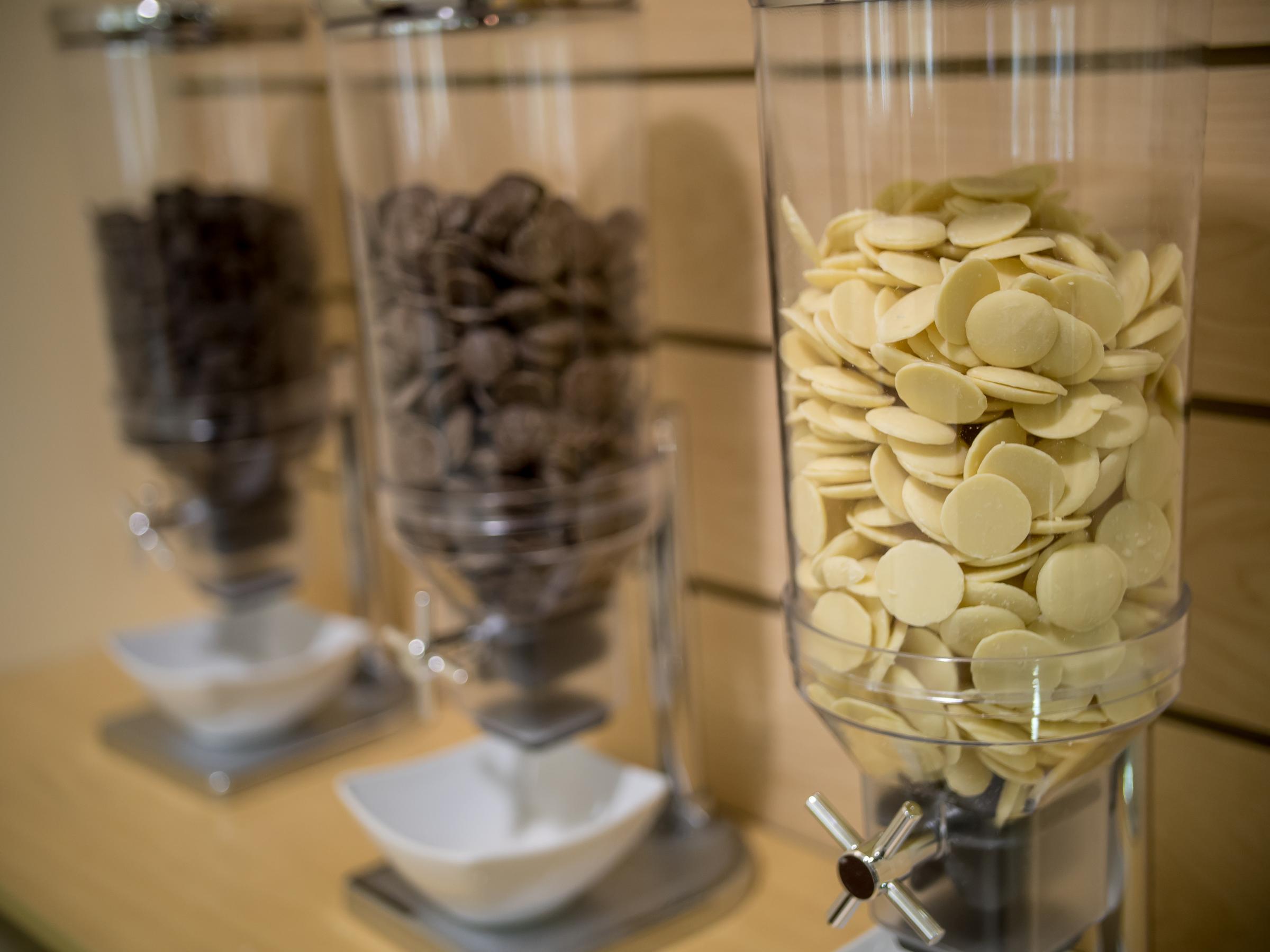
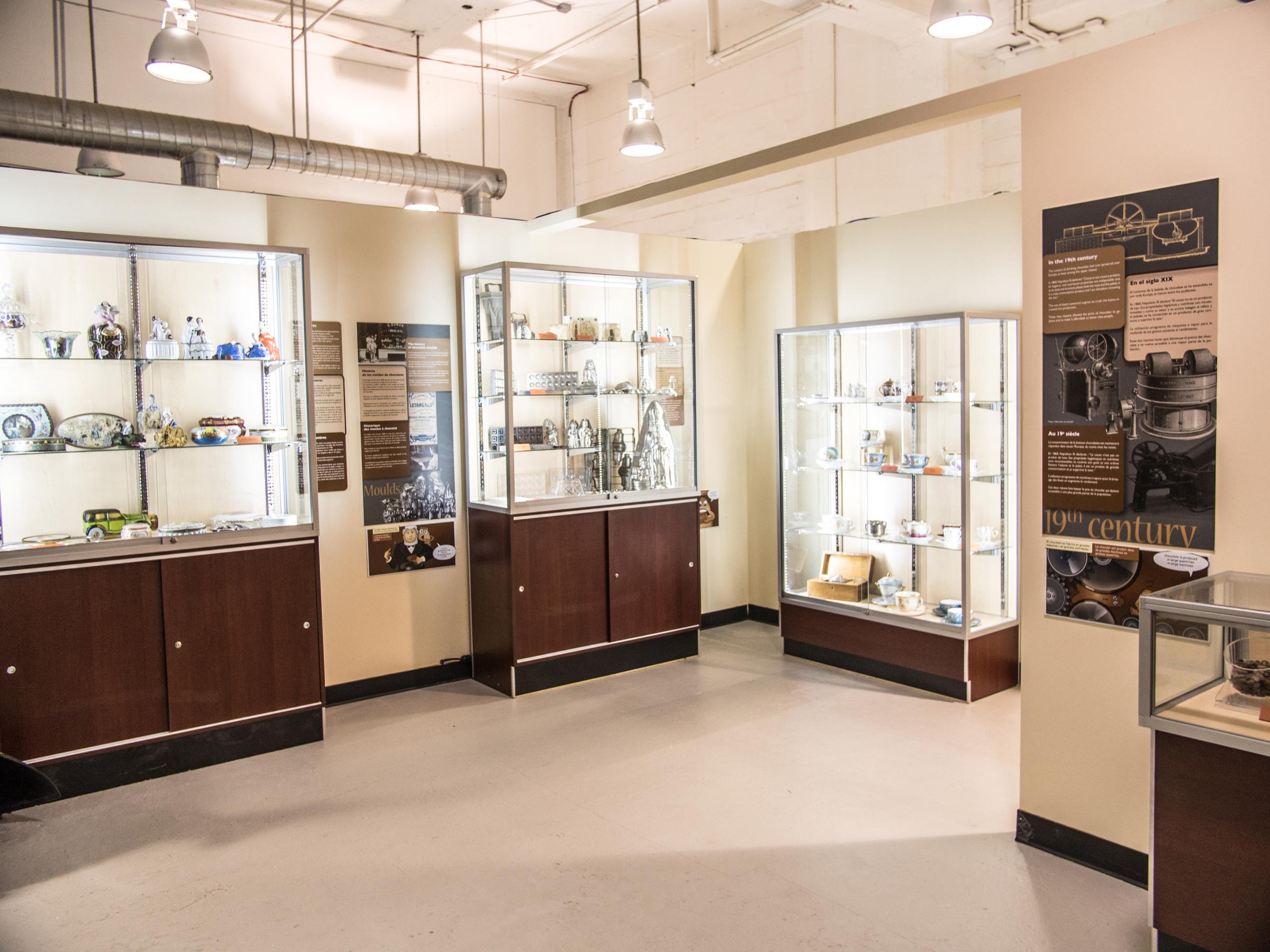

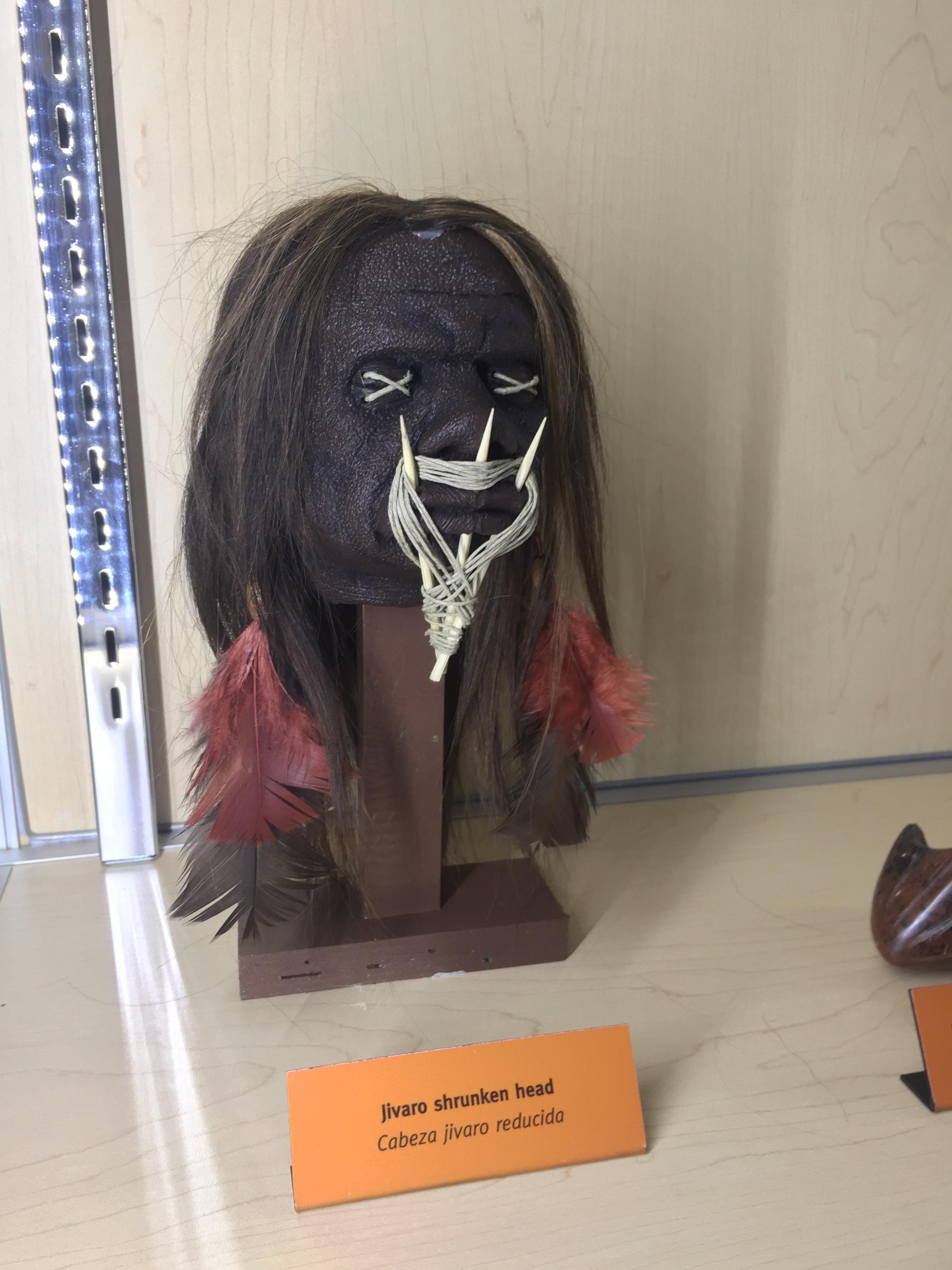


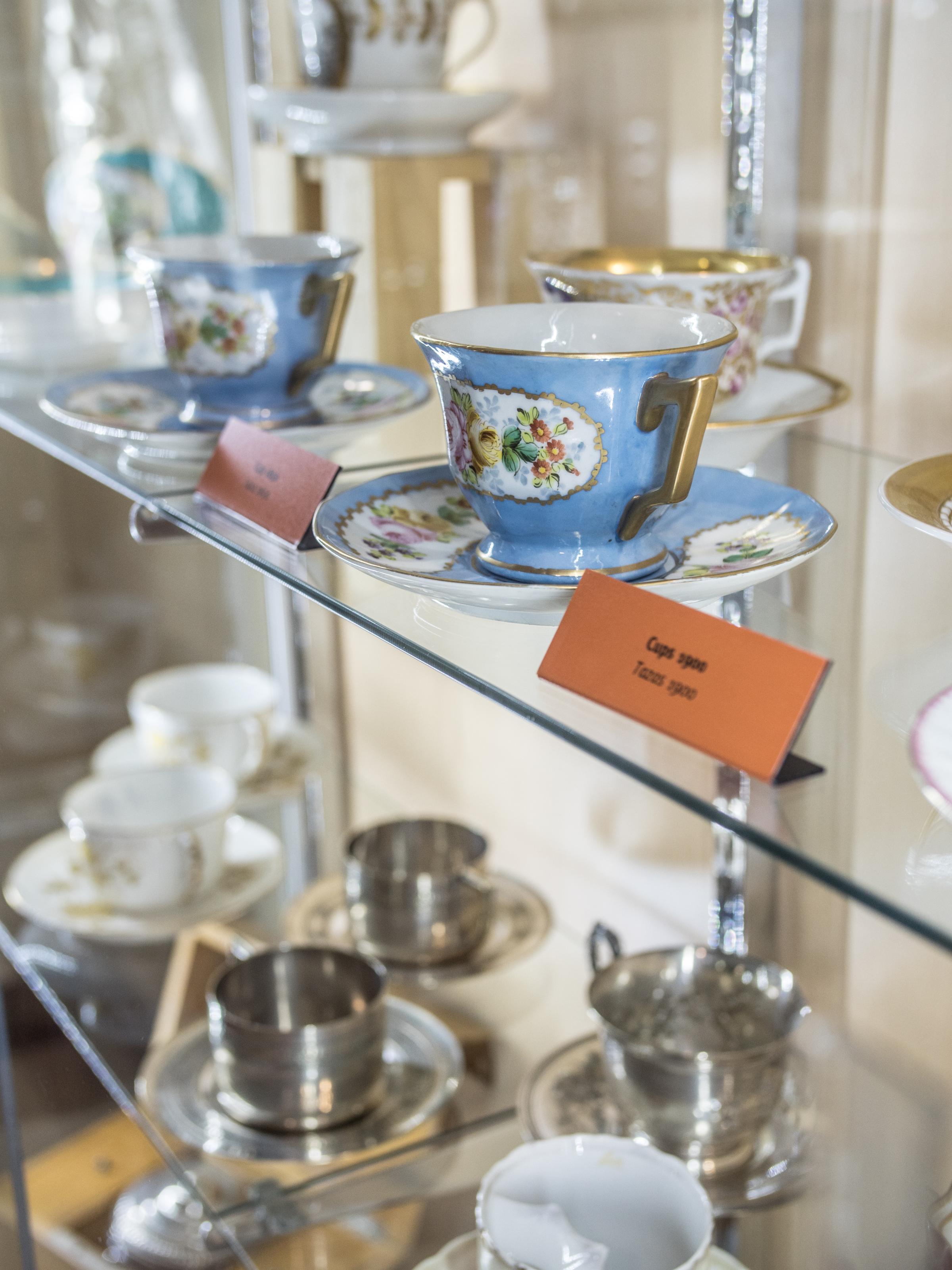
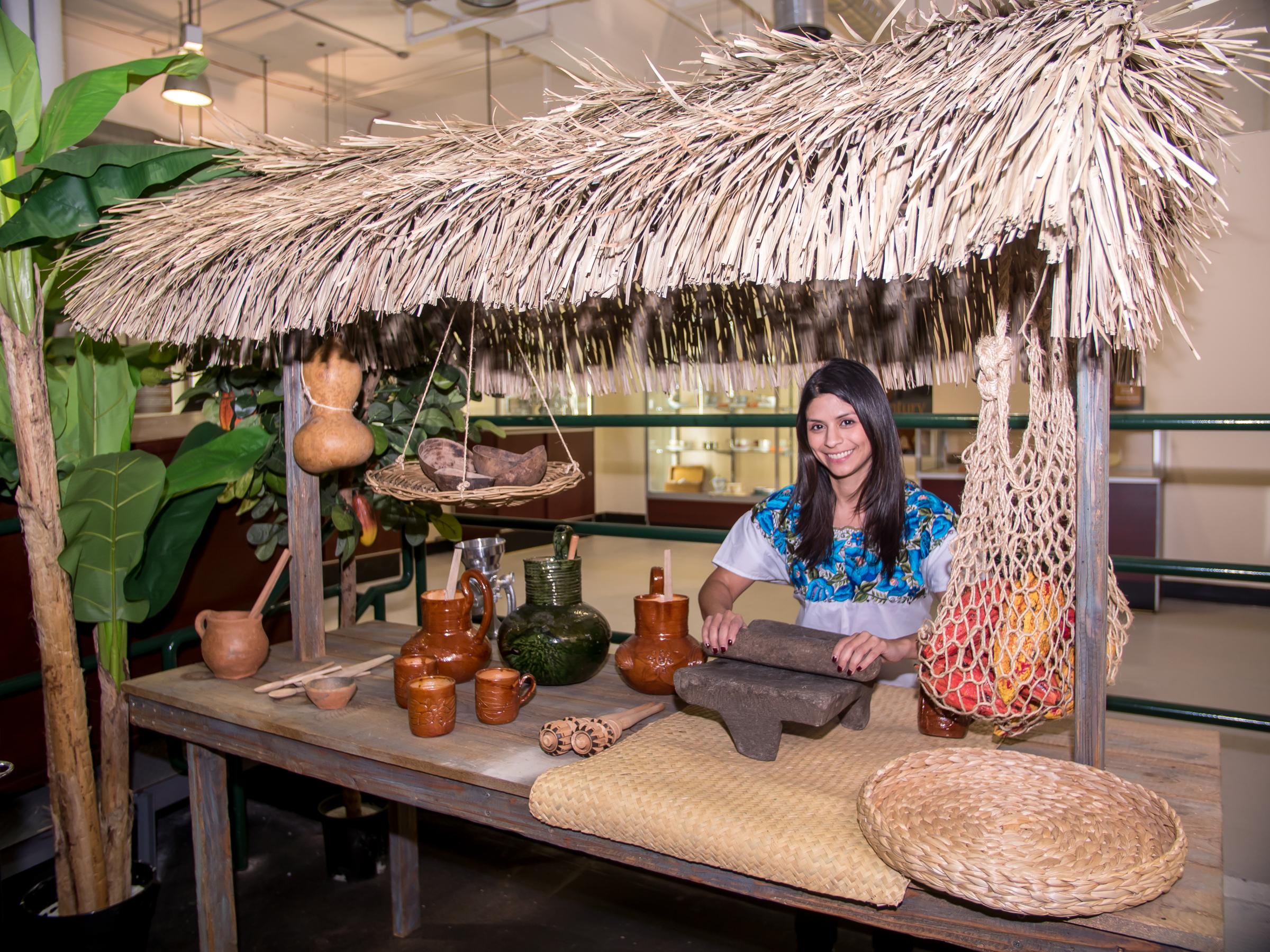
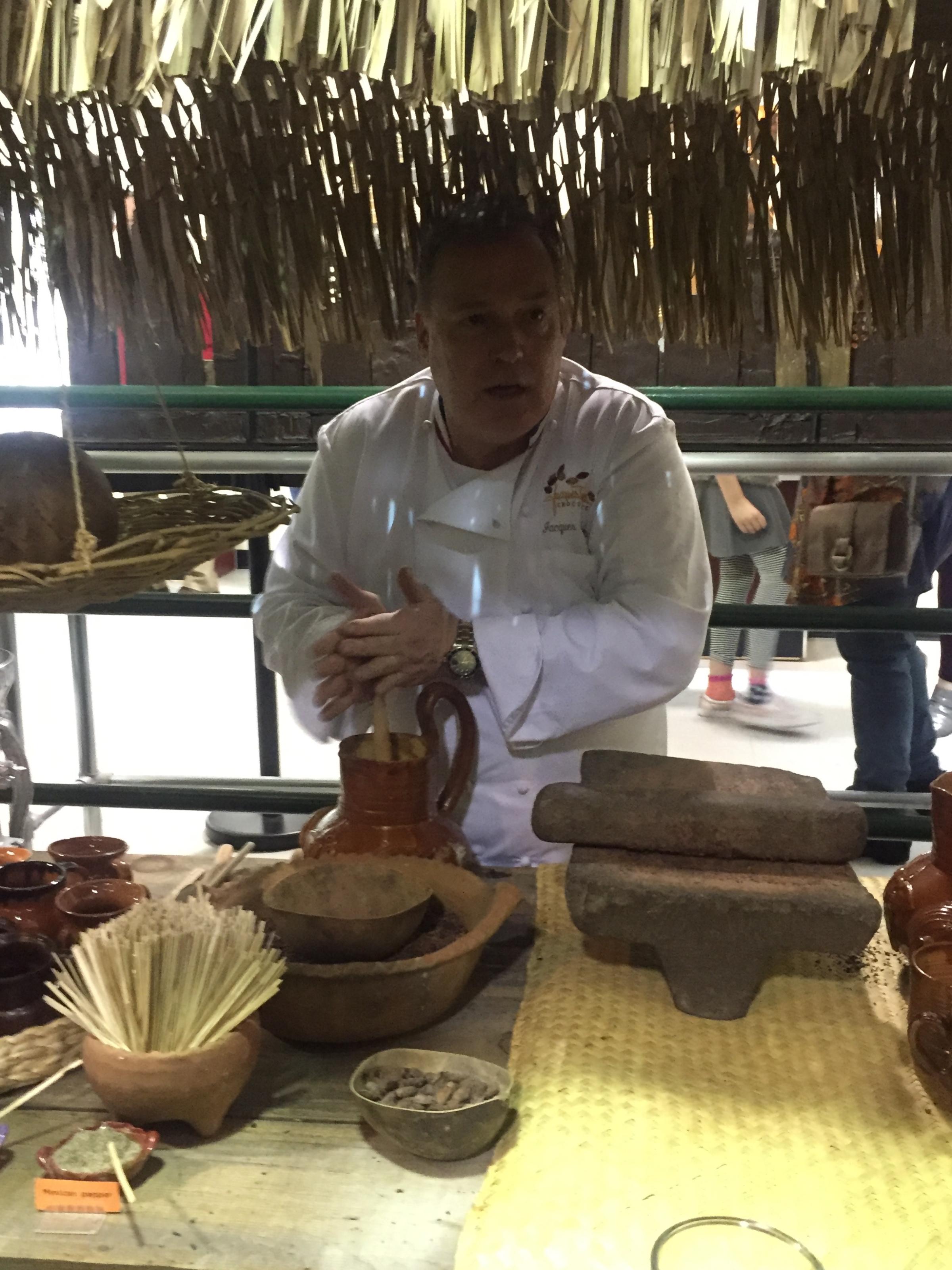

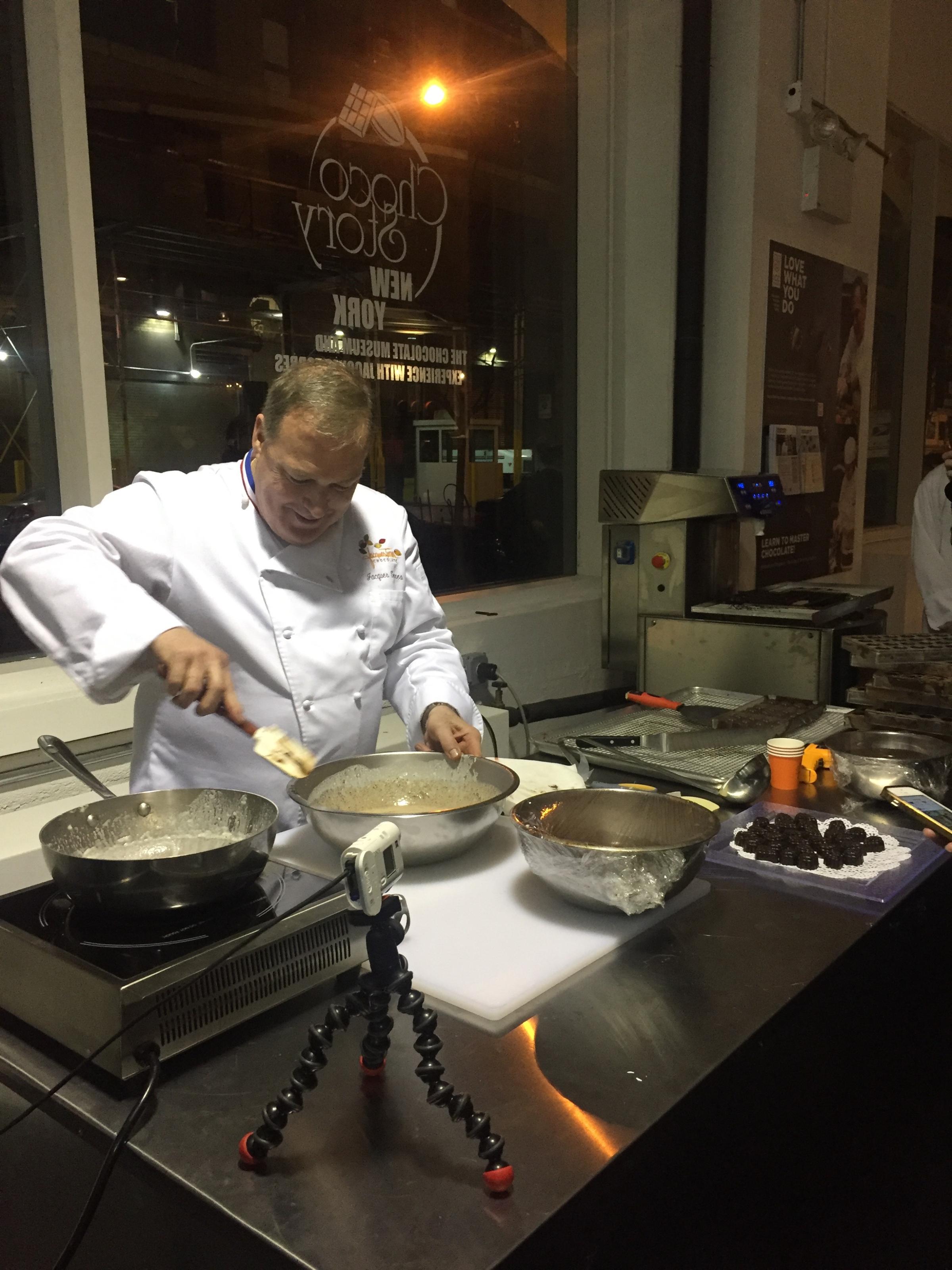

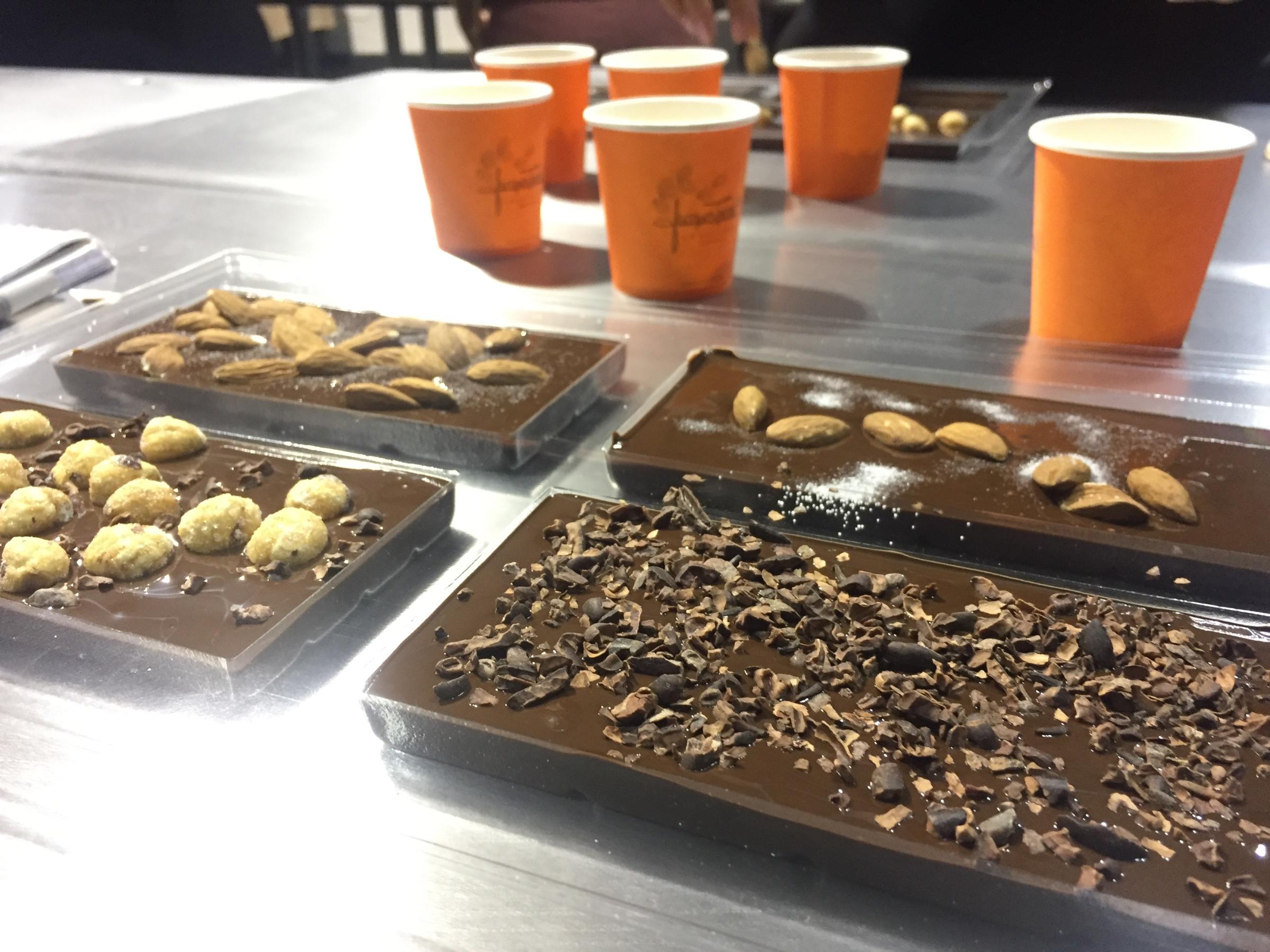
More Must-Reads from TIME
- Where Trump 2.0 Will Differ From 1.0
- How Elon Musk Became a Kingmaker
- The Power—And Limits—of Peer Support
- The 100 Must-Read Books of 2024
- Column: If Optimism Feels Ridiculous Now, Try Hope
- The Future of Climate Action Is Trade Policy
- FX’s Say Nothing Is the Must-Watch Political Thriller of 2024
- Merle Bombardieri Is Helping People Make the Baby Decision
Write to Raisa Bruner at raisa.bruner@time.com